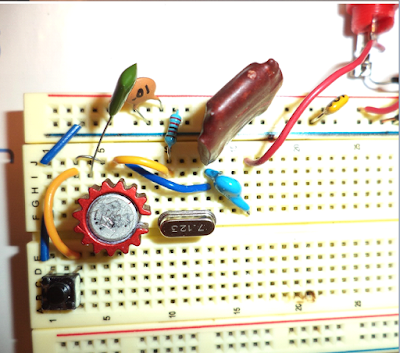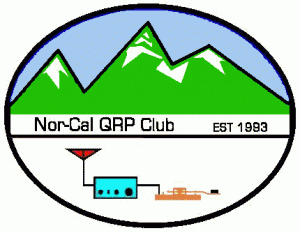My ET-2 minimalist QRP CW adventure is (for now) officially over. I have taken the rig - festooned with the callsigns of all the stations I contacted -- and have put it up on the wall. This may be a new form of art. I think I am the first radio amateur to do this. I think it is pretty cool.
Here are the stats: I made 20 contacts with the rig. I had it on the air from 12 October 2019 to 7 December 2019. Seventeen of the contacts were the result of my posting pleas for help on the SKCC Sked page and/or the Summit DX page. Three of the contacts were completely random. One station -- W1PID -- provided four of the contacts. Thanks Jim.
My power out was usually around 100 milliwatts. I used either a 40 meter coax fed dipole or a 135 foot doublet fed with window line.
My best distances were Wisconsin and Georgia.
Crystal control was the real limiting factor. 100 milliwatts didn't seem to be much of an impediment. The most amazing thing about this rig is the N0WVA regen receiver. It took a lot of peaking and tweaking, and it took some skill to operate. but once I got it going it was an amazingly good receiver. Really Amazing for just ONE J-310 FET.
The last contact was really nice. I was calling CQ and AA8OZ came back. He was in a cabin on a trip with some scouts. He too was on a wire antenna. He was one of those guys who said WOW! when I told him about the rig. We had a nice long conversation on 40. It was a great way to wrap up the ET-2 adventure.
Thanks to all who helped me make contacts and for all those who tried to work me. Thanks to N0WVA for the regen inspiration. And thanks to Glen Yingling W2UW (SK) for the ET-1 idea.
The rig is standing by. On the wall. Perhaps it will return to service, maybe during solar max.





































